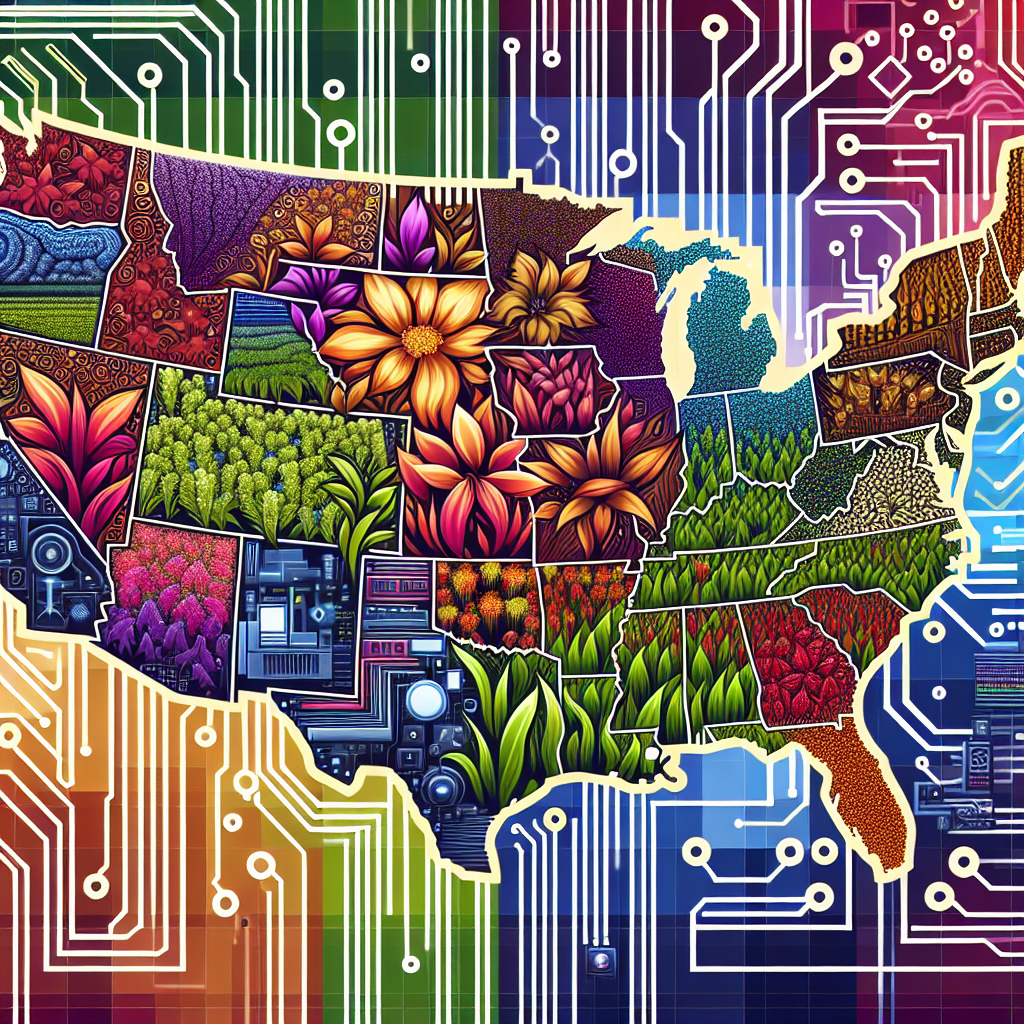Mastering the US Gardening Zones: A Guide for Cultivating Success
March 04, 2024 at 6:54:18 AM
Understanding the United States Department of Agriculture (USDA) Gardening Zones is critical for any gardening endeavor. This article provides an in-depth exploration of what gardening zones are, how they're defined, their importance, and offers strategies for selecting plants and maximizing plant health within different zones. Insights from horticulture experts and a case study on the impact of zone mismatch on plant survival are included to illustrate the practical implications of zone awareness.
Understanding US Gardening Zones
The United States Department of Agriculture's (USDA) Plant Hardiness Zone Map divides North America into 13 primary zones based on the average annual minimum winter temperature. Each zone is designated by a 10°F range, further refined by 5°F increments into 'a' and 'b' sub-zones. Understanding US Gardening Zones is foundational for horticulturists, landscape architects, and garden enthusiasts alike, as it informs plant selection and gardening practices tailored to regional climates.
How are Gardening Zones Defined?
USDA zones are determined through extensive climatic data analysis, considering factors such as frost patterns, regional temperature fluctuations, and historical weather patterns. Dr. Henry Lin, a climatologist affiliated with the USDA, emphasizes the scientific rigor behind the zone map: "We compiled and analyzed data spanning several decades to ensure the zone designations are as accurate as possible for gardeners and growers."
Importance of Knowing Your Gardening Zone
Knowledge of your specific gardening zone can mean the difference between a thriving garden and a failed crop. It is essential for selecting appropriate plants that can withstand local winter and thrive during the growing season. Understanding one's zone also helps in planning the garden calendar, from sowing seeds to frost protection measures.
Case Study: Impact of Zone Mismatch on Plant Survival
A study conducted by the University of Minnesota highlighted the risks of disregarding gardening zones. A group of gardeners planted a variety of perennials rated for one zone warmer than their actual zone. The mortality rate exceeded 60% during a particularly harsh winter, clearly demonstrating the importance of appropriate plant-zone matching.
Choosing Plants Wisely for Your Zone
When selecting plants, consider both the lowest temperature a plant can tolerate and its adaptation to the length of the growing season. The United States National Arboretum advises, "Compatibility with the zone's temperature range is critical, but so is the plant's ability to complete its growth cycle within your area's growing season."
Strategies for Successful Gardening in Challenging Zones
Gardeners in zones with shorter growing seasons or extreme temperatures may employ techniques such as selecting native plant species, utilizing microclimates, and implementing frost protection strategies. Cold frames, for instance, can extend the growing season in cooler zones.
Expert Tips for Maximizing Plant Health in Different Zones
Experts recommend thorough research on plant varieties and their zone suitability. Master Gardener Annabelle Smith suggests, "Beyond the zone rating, seek out varieties known for their resilience and consult local horticultural societies for advice on best practices in your specific region."
Conclusion: Harnessing the Power of Gardening Zones
By aligning gardening practices with the regional hardiness zone, gardeners can make informed decisions that lead to healthier plants and more productive gardens. The implications of this alignment extend beyond individual success to impact broader ecological and economic outcomes.
Call to Action: Consult with a Horticulture Expert for Zone-specific Advice
For those seeking to optimize their gardening efforts, consultation with a horticulture expert familiar with the nuances of local zones is invaluable. Consider reaching out to local extension services or professional gardening associations for personalized guidance.
Topics




